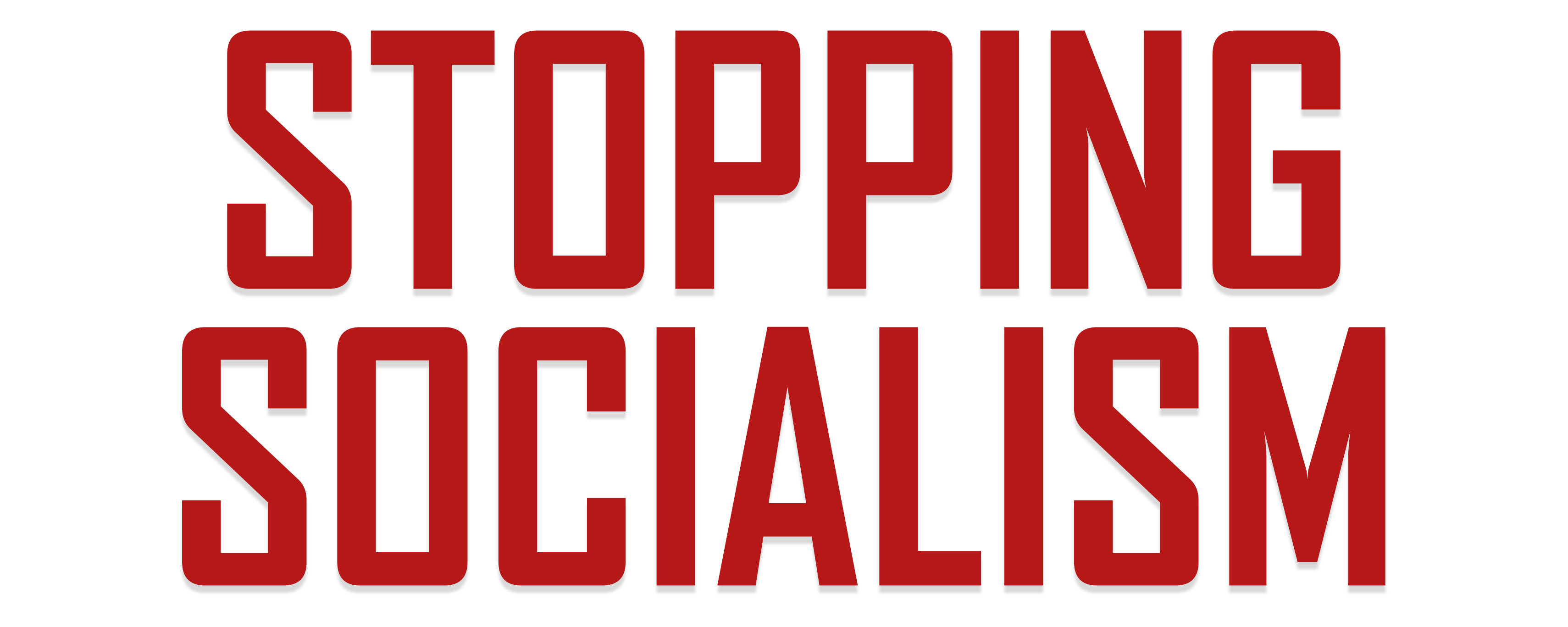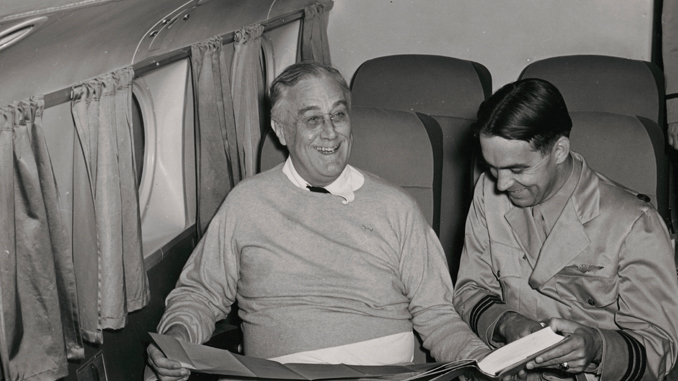Although Progressives constantly claim that President Franklin D. Roosevelt’s “New Deal” solved the Great Depression, the exact opposite is the case. In reality, FDR’s New Deal did not help end the Great Depression, it exacerbated the worst economic downturn in U.S. history.
This is especially relevant because in recent years, Progressives have touted the “Green New Deal” as a solution to a wide variety of economic, social, and environmental issues. As was the case with the original New Deal, the Green New Deal (GND) would actually do more harm than good.
Before addressing the pitfalls of the GND, it is necessary to correct the historical consensus that FDR’s New Deal was the elixir for the economic malady that devastated America in the 1930s.
In 1932, when Roosevelt was elected president, the unemployment rate was a staggering 23.6 percent. Immediately, FDR signed into law a plethora of programs that were intended to stop the economic free fall. During FDR’s first 100 days in office, he demanded “broad executive power to wage a war against the emergency, as great as the power that would be given me if we were in fact invaded by a foreign foe.”
In his first 100 days in the Oval Office, FDR signed 15 major bills that would become the backbone of his New Deal. This legislative onslaught included so-called alphabet soup programs such as the Emergency Banking Relief Act, Federal Emergency Relief Act, Homeowners Loan Act, Glass-Steagall Act, Agricultural Adjustment Act, National Industrial Recovery Act, Tennessee Valley Authority Act, and several others.
These bills fundamentally transformed the role of the federal government. Before the New Deal, the federal government was relatively small and mostly uninvolved with social and economic engineering. However, FDR’s New Deal shattered the traditional role of the federal government by increasing its size and scope under the notion that only the federal government, in a massive intervention, could solve the Great Depression.
But did the New Deal actually abate the suffering and alleviate poverty? The answer is unquestionably “no.”
When FDR was elected, the unemployment rate was 23.6 percent. In 1933, it rose to 24.9 percent. By 1937, it had dropped to 14.3 percent. However, by 1938, the unemployment rate had skyrocketed up to 19.3 percent. In the same year, U.S. GDP contracted by 3.3 percent. In other words, as FDR’s New Deal programs took hold and more were passed, the economic situation deteriorated.
Further, as economist Stephen Moore, who has written extensively on the Great Depression, noted, “After seven years of New Deal-era explosions in federal debt and spending, the U.S. economy was still flat on its back, and misery could be seen on the street corners. By 1940, unemployment still averaged 14.6 percent. That’s some recovery.”
Making matters worse, not only did the New Deal fail to solve the Great Depression, it also gave birth to several programs that are driving the United States toward bankruptcy and continuing to hinder economic growth. For example, Social Security is on the verge of insolvency. And the Fair Labor Standards Act, which paved the way for the federal minimum wage, impedes job creation.And these are only two examples out of many of the unintended consequences that have come from the New Deal.
Some economists who recognize the New Deal failed to accomplish its goals argue that although it was undeniably far from perfect, imposing the New Deal was better than doing nothing. But this, too, is a fallacy. We simply never will know what would have occurred in the absence of the New Deal, but if history is any guide, the United States would have recovered in due time without the massive intervention of the New Deal.
In fact, a large economic crash occurring in 1920 gave way to one of America’s quickest economic recoveries. As James Grant, the author of The Forgotten Depression: 1921: The Crash That Cured Itself, noted in 2015 for The Wall Street Journal:
Beginning in January 1920, something much worse than a recession blighted the world. The U.S. suffered the steepest plunge in wholesale prices in its history (not even eclipsed by the Great Depression), as well as a 31.6% drop in industrial production and a 46.6% fall in the Dow Jones Industrial Average. Unemployment spiked, and corporate profits plunged.
What to do? “Nothing” was the substantive response of the successive administrations of Woodrow Wilson and Warren G. Harding. Well, not quite nothing. Rather, they did what few 21st-century policy makers would have dared: They balanced the federal budget and—via the still wet-behind-the-ears Federal Reserve—raised interest rates rather than lowering them. Curiously, the depression ran its course. Eighteen months elapsed from business-cycle peak to business-cycle trough—following which the 1920s roared.
The moral of the story here is that very often, government intervention meant to alleviate economic downturns or any number of other problems is not the only solution, or even the best solution. The Green New Deal will not and cannot “solve” all the problems its supporters claim it can. If it were that easy, then the government would be able to do practically anything, as long as it has enough power and spends enough of our tax dollars.
Yet, history has shown over and over again that this widely held belief is far from true. Heck, the government can’t even deliver the mail or process drivers licenses efficiently! The last thing we should do is give the government more, almost unfettered power, which is exactly what the Green New Deal would do.
Chris Talgo (ctalgo@heartland.org) is an editor at The Heartland Institute.
Chris Talgo (CTalgo@heartland.org) is the editorial director and a research fellow at The Heartland Institute, as well as a researcher and contributing editor at StoppingSocialism.com.






